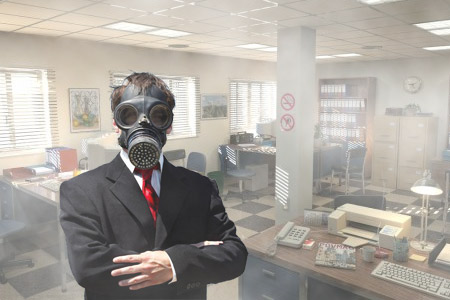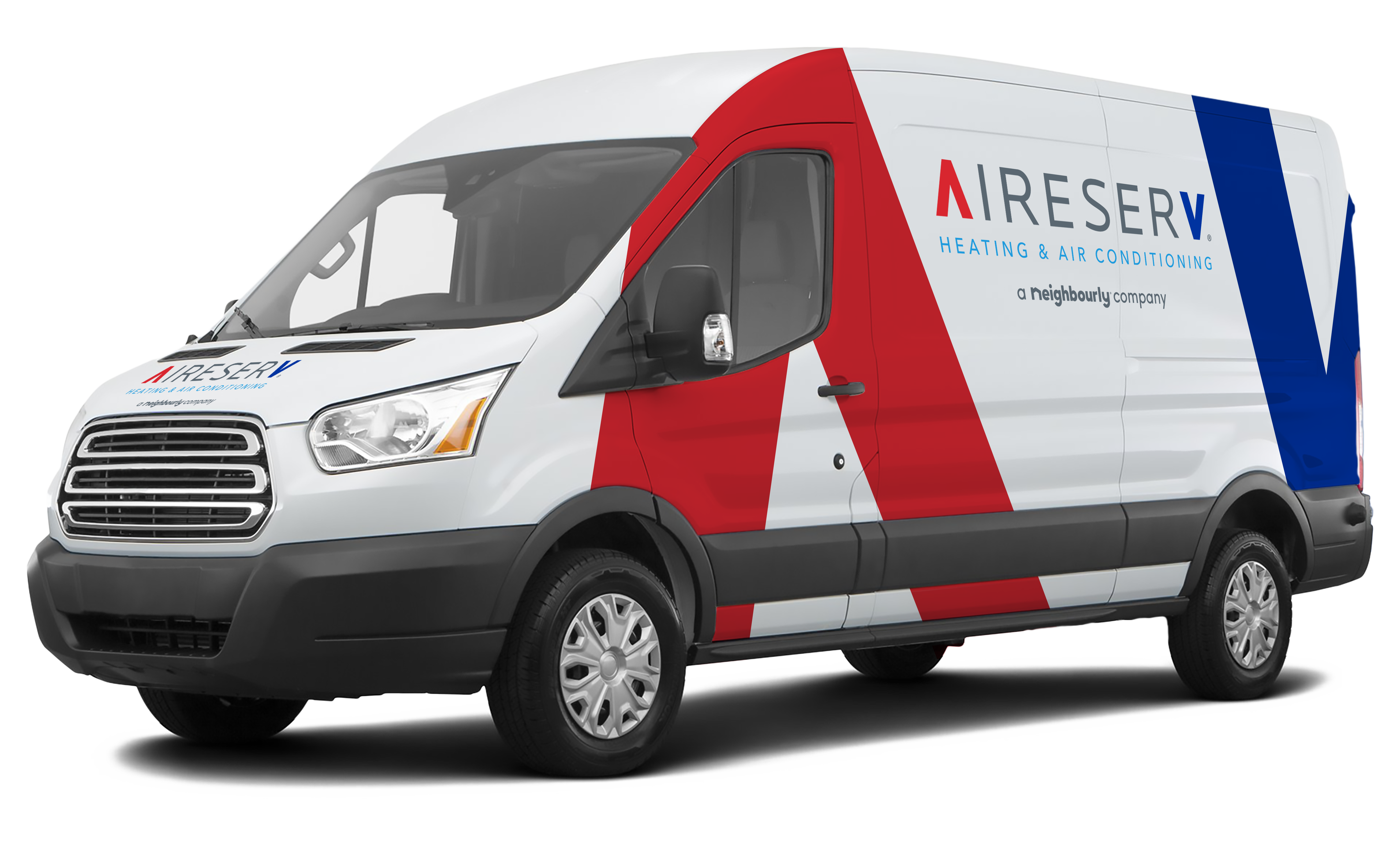What is sick building syndrome?

Photo courtesy of michelemmartin.com
Sick building syndrome describes situations in which the occupants of a building experience health and comfort effects in which no particular illness or cause can be identified. They also appearing to correlate to time spent within a particular building, and may be localized to a single room or encompass the entire building.
Watch out for these signs of sick building syndrome:
- Headache
- Irritation of the eyes, nose, or throat
- Dry cough
- Dry, itchy skin
- Dizziness and nausea
- Difficulty concentrating
- Fatigue
- Sensitivity to odors
What causes sick building syndrome?
- Inadequate ventilation. Over time, building ventilation standards have changed from 15 cfm (cubic feet per minute) in the mid-1900s to 5 cfm in 1973. This reduction in bringing fresh, outdoor air into buildings reduces air quality. This is believed to be an important factor in SBS. As a result, the American Society of Heating, Refrigerating and Air-Conditioning Engineers (ASHRAE) revised its standards to a minimum of 15 cfm per person in homes, 20 in offices, and 60 in some spaces harboring activity that greatly increases pollution, like smoking areas.
- Chemical contaminants from indoor sources. The buildup of VOCs (volatile organic compounds) within the building due to the breakdown of adhesives, carpeting, pesticides, wood products, and more can produce chronic and acute health effects in low to moderate concentrations.
- Chemical contaminants from outdoor sources. Pollutants that enter a building from vehicle exhaust, plumbing vents, and more through poorly located vents or nearby garages can further reduce air quality.
- Biological contaminants. Stagnant water, insects, animal droppings, and more can introduce bacteria, mould, pollen, and viruses into a building, such as Legionella.
Can sick building syndrome be proven and addressed?
- Building investigation. Building investigation identifies the sources of indoor air quality and sick building syndrome complaints in order to rectify them. It typically consists of a walkthrough, a discussion of symptoms with occupants, an examination of the HVAC system, and the identification of possible pollutant pathways and contaminant sources.
- Why not simply use air sampling? Despite health complaints, air sampling reports rarely show contaminant concentrations in excess of existing standards. It also seldom provides information about possible causes. Any sampling done should be part of a comprehensive analysis, not a standalone procedure.
Sick building solutions.
Sick building solutions usually includes a combination of:
- Pollutant source removal: The regular replacement of air filters, replacement of effected ceiling tiles and carpeting, designated smoking areas, proper venting solutions, the proper storage of paints, pesticides, and other materials, allowing time for building materials in remodeled areas to off-gas before occupancy, and more.
- Increased ventilation: Through the proper use of the HVAC system, installation of local and whole-building exhaust ventilation systems, and more.
- Education and communication: These are important in addressing existing problems and preventing future air quality issues from occurring.
Worried you or your employees may be suffering from sick building syndrome? Contact Aire Serv® today to learn more about ways to improve indoor air quality and the health and productivity of your employees. Aire Serv has the tools you need to get your business back on track.

